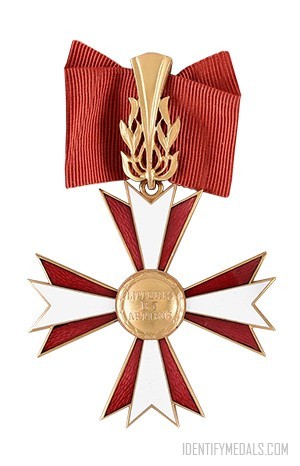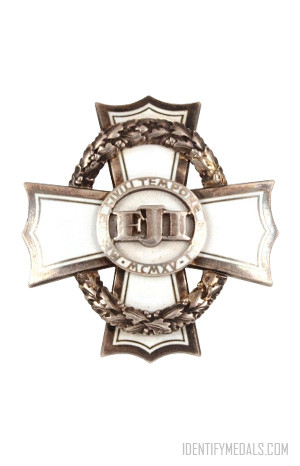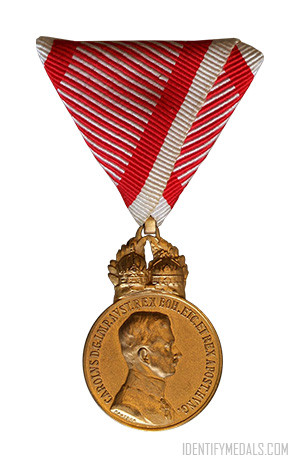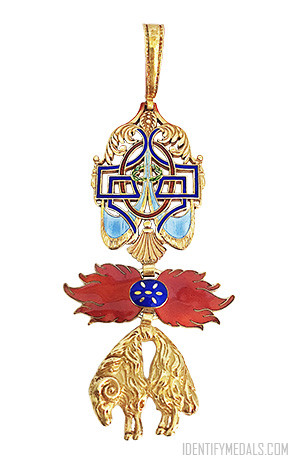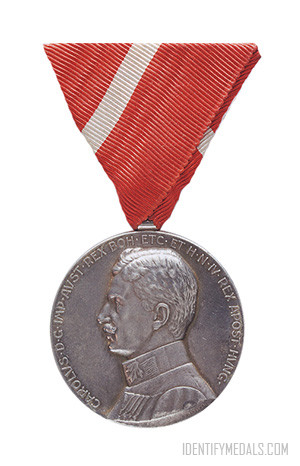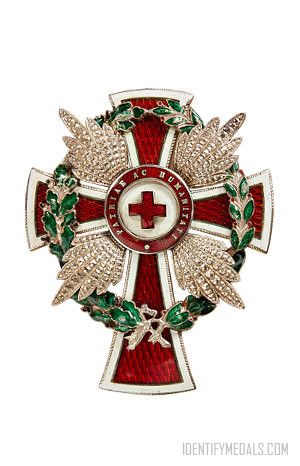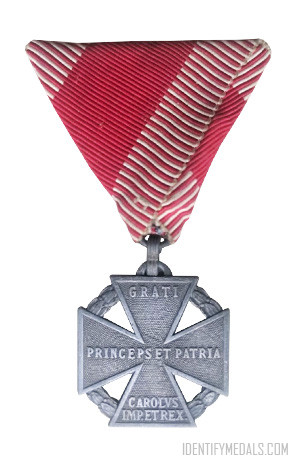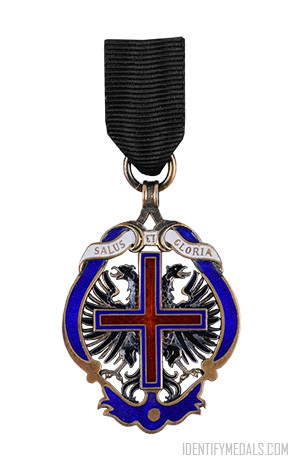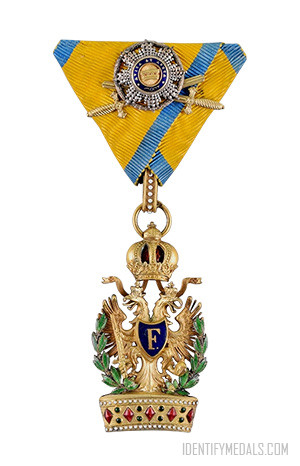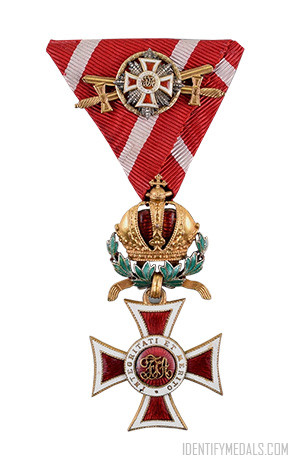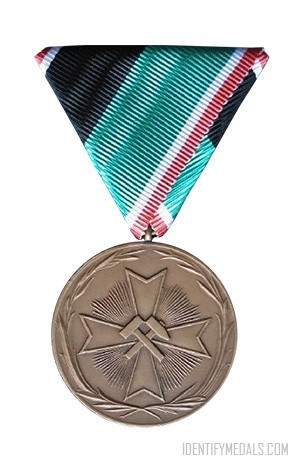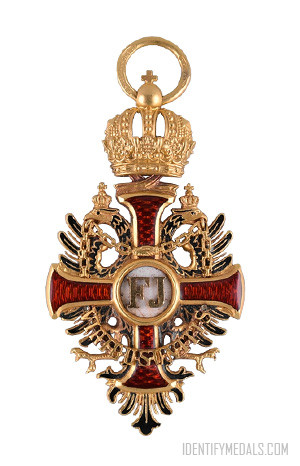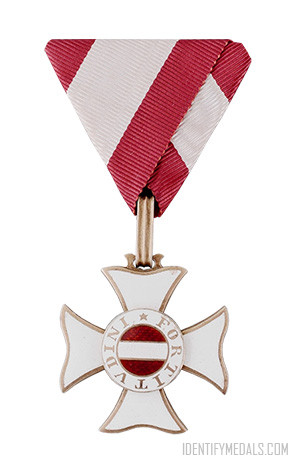The Austrian Decoration for Science and Art (or Österreichisches Ehrenzeichen für Wissenschaft und Kunst in German) is a state decoration of the Republic of Austria established in 1955 and part of its national honors system.
The award was established by the National Council as an honour for scientific or artistic achievements by Federal Law of May 1955. At the same time, the National Council also established the “Austrian Cross of Honour for Science and Art”, which is awarded as “Cross of Honour, First Class” (German: Ehrenkreuz 1. Klasse) and “Cross of Honour” (German: Ehrenkreuz). While not technically counted as lower classes of the Decoration for Science and Art, these crosses are nevertheless affiliated with it.
Divisions:
- Decoration for Science and Art. Limited to a maximum of 72 at any one time (36 recipients for science and 36 for arts). In each of these two groups, there are 18 Austrian citizens and 18 foreign nationals.
- Cross of Honour for Science and Art, First Class. There are no limits on the number of recipients.
- Cross of Honour for Science and Art. There are no limits on the number of recipients.
Forfeiture of this honor became possible with Federal Law Gazette I No 128/2001. It allows the government to strip recipients of their honors if deemed unworthy. The best-known example of such a forfeiture is of the Nazi physician Heinrich Gross.
The Austrian Decoration for Science and Art Design
The award consists of a neck badge constructed of gilded bronze with multi-colored enamels, suspended on a loop. It measures 58.09 mm (w) x 59.33 mm (h) and weighs 31.1 grams.
The breast badge is constructed of gilded bronze with multi-colored enamels, consisting of a Maltese Cross.
Its obverse has red enameled arms, in turn, overlaid by a narrow Maltese Cross with white enameled arms, with a central gilt medallion bearing a raised inscription of “LITTERIS ET ARTIBUS” (“LETTERS AND ARTS”), inside f a laurel wreath. The reverse has a central raised medallion bearing the maker’s mark.
The ribbon is red.

